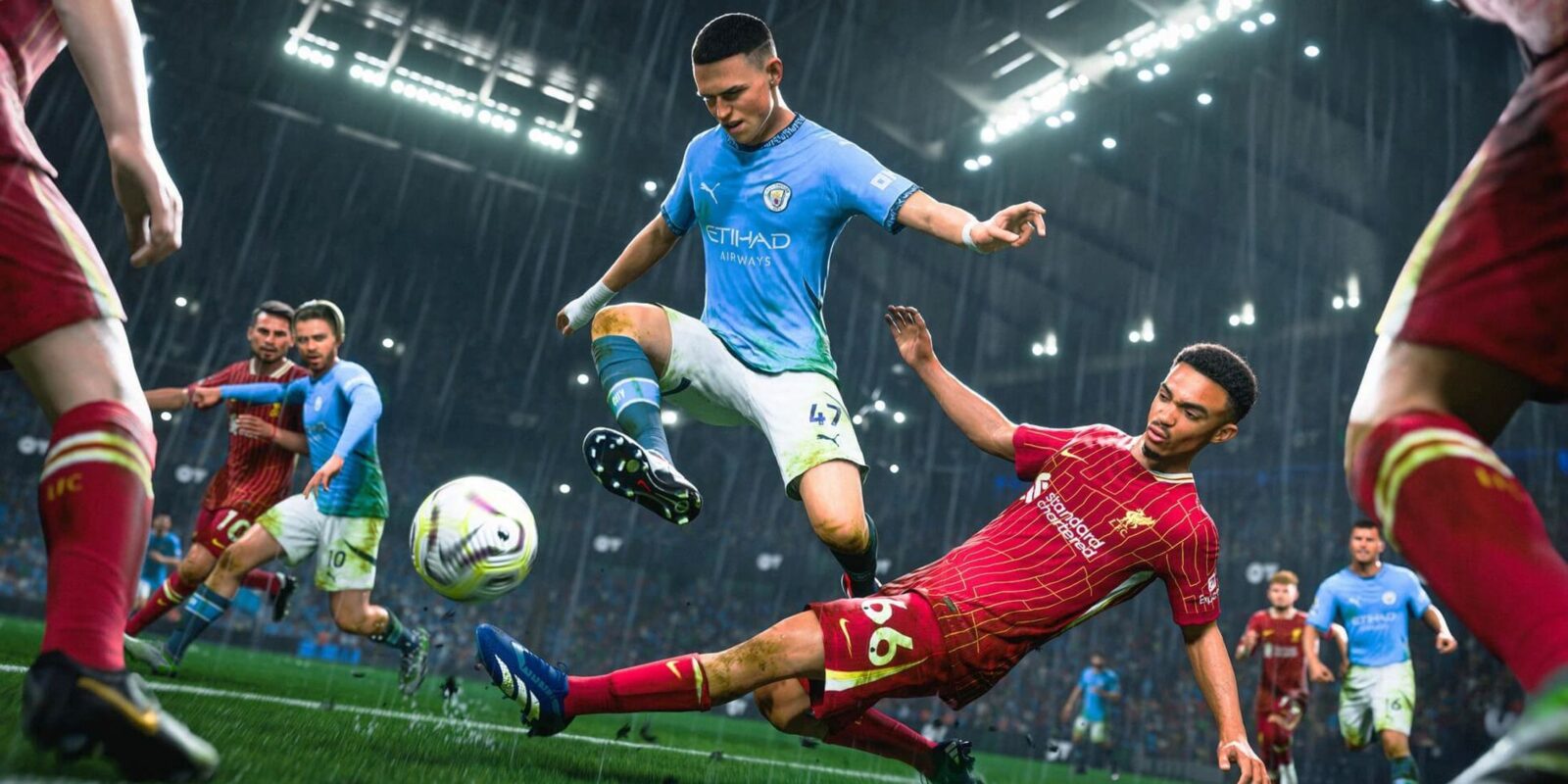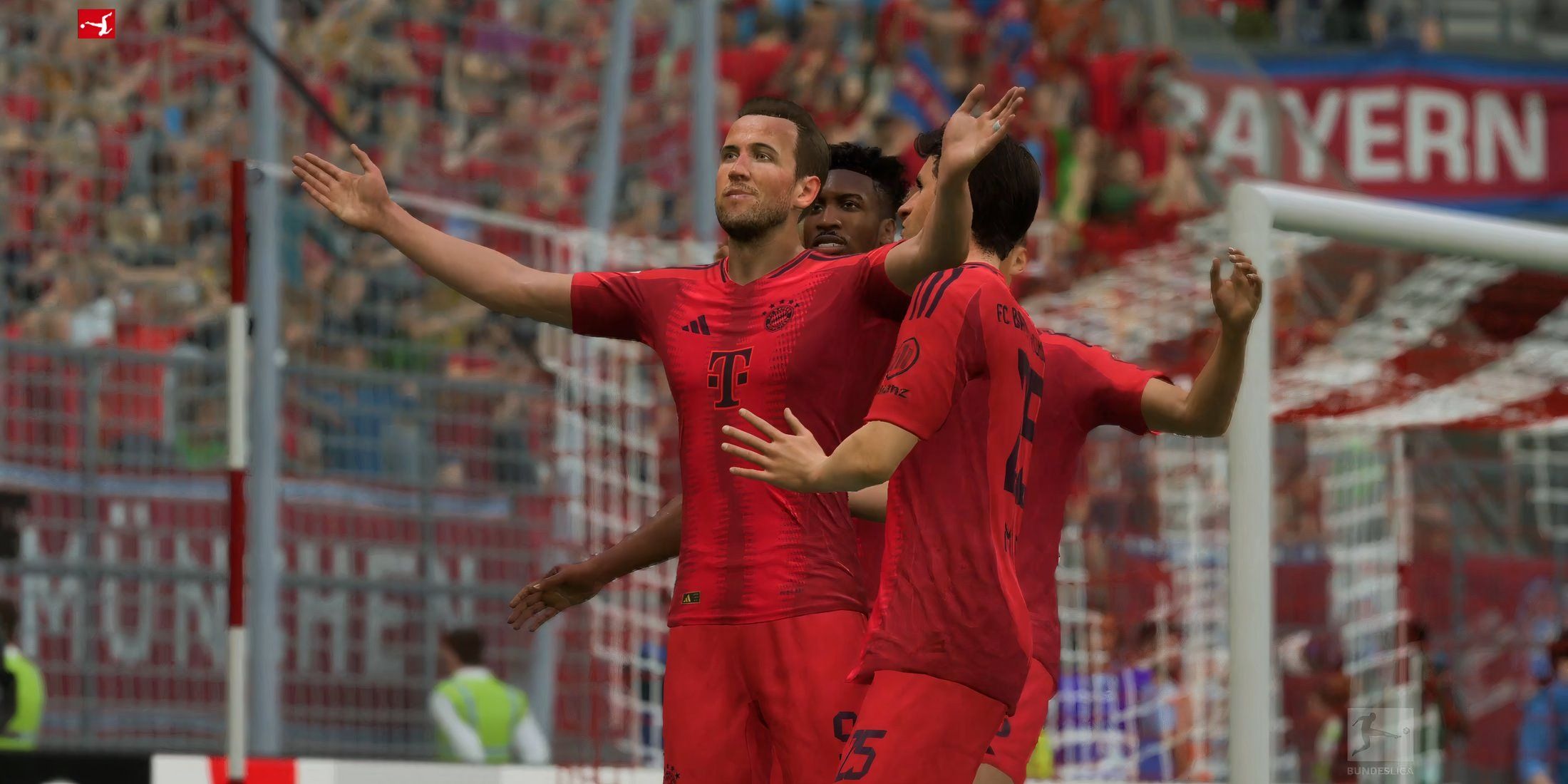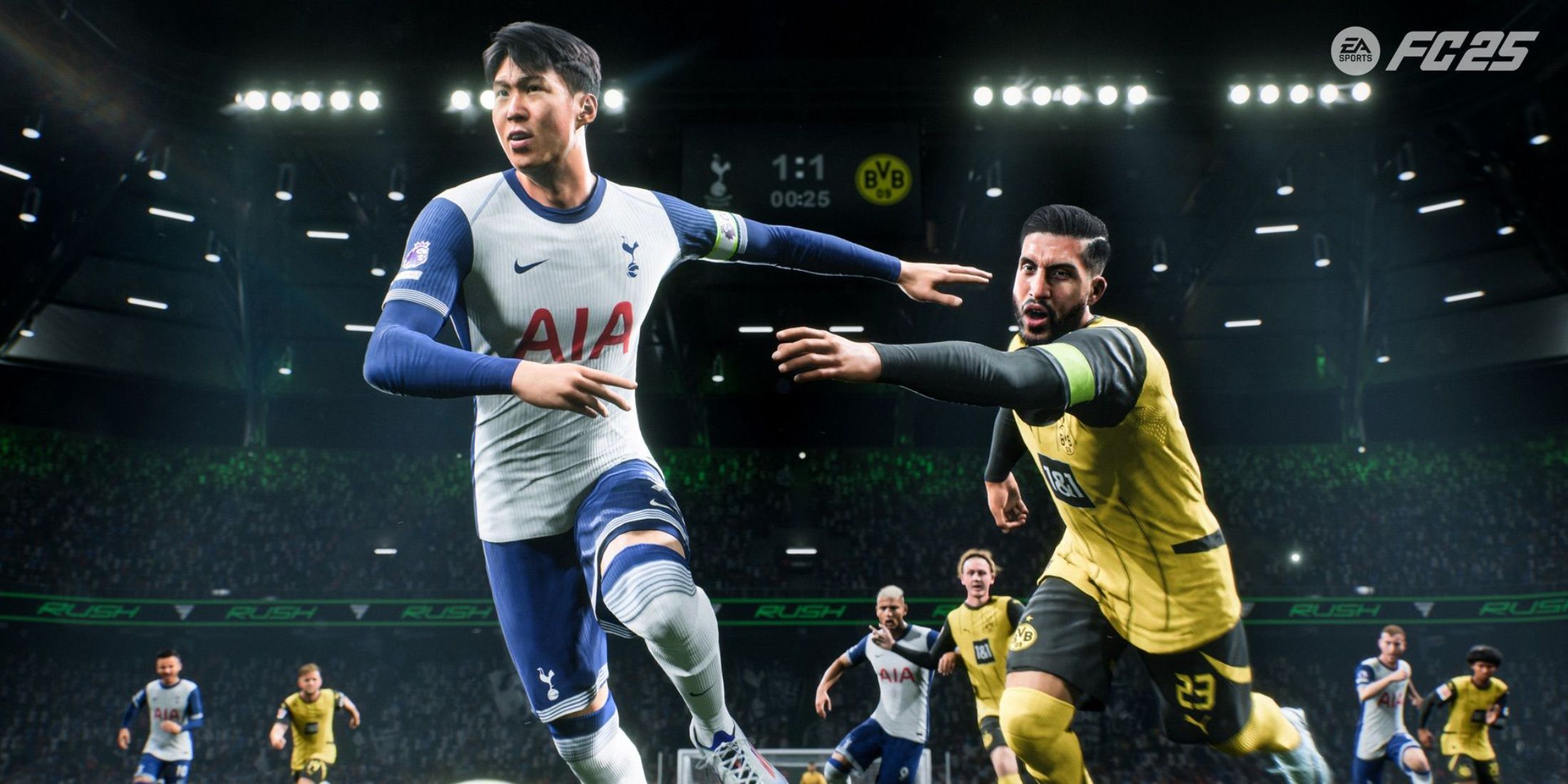EA Sports FC 25 has redefined the tactical system in the game with their newly introduced technology, FC IQ. One of the most advanced mechanical changes in the tactical system is the addition of Player Roles, which has added a new level of authenticity and realism to the game.
The player roles allow you to actively control the players and their tactical positions, even when not controlling them directly. The system uses AI-controlled football behaviors to simulate how the specific player might react in real-life situations. This realism offers a next-level realistic experience where you can create your tactical system from scratch and invent your own playstyle. When it comes to attackers on a team, these are the roles that suit them best.

Related
EA Sports FC 25 Ultimate Team: How to Get XP Fast
Leveling up in EA Sports FC 25 Ultimate Team can be tough. For those struggling, here are some of the easiest ways to earn XP and level up faster.
Strikers
1. Advanced Forward – Attacking
The Advanced Forward is the best option if you are looking to continuously score goals and break into the opponent’s defense with your striker. It is perfect for players who have an aggressive playstyle and mostly focus on scoring goals and converting chances. Through the Advanced Forward Attacking role, your striker will always be on their toes, waiting for balls that your wingers and midfielders might feed them inside the box.
With an attack-based mindset, the position is all about getting into ideal scoring situations, remaining central and high up the pitch, and making life difficult for the opposition’s backline. If you enjoy the thrill of a well-timed run and a perfect through ball, the Advanced Forward is the ideal choice. This player role will prepare your striker to remain in the forward position and wait for the perfect chances to arrive so that they can convert them into game-changing goals.
2. False 9 (Build Up)
The False 9 is a constructive tactical role that you can use to drag defenders out of position and destabilize your opponent’s defensive line. The False 9 is different from conventional attacking roles. It primarily focuses on opening up defensive gaps and makes the area surrounding the penalty box tense, requiring defenders to make difficult choices about whom to follow.
In build-up play, the False 9 usually moves away from the opposition’s defense and drops deeper into midfield. Attacking players can take advantage of the space created by this movement, which also helps to wear down defenses. Additionally, it enables False 9 to play a more active part in organizing play and starting attacks, which helps create opportunities for goals.
3. Poacher – Support
Poachers only have one target: to score goals. These are the players who are always ready to take action inside and take the opportunity to hit the ball inside the goal and get their team in the lead. Players with the Poacher role will typically run behind the defense and position themselves near the goalpost to convert any scoring or tap-in opportunities they get.
Right Wingers
1. Winger – Balanced
Players with the Winger role tend to stay close to the touchline and dribble past the defenders utilizing the wide areas of the field. They are important in supporting the flanks of your formation at all phases of the match. They can rush and force defenders to shift positions, which is another effective way to exploit open spaces.
Being wide and hugging the touchline, the Winger constantly helps the flanks attack or defend, provides defensive support when needed, and participates in offense while maintaining a balanced style of play. They are more focused on running behind the defense and being a reliable throwing option, which allows them to always stay in an impactful position during the game.
2. Wide Playmaker – Attacks
Wide playmakers usually look to dominate the flanks, stretch the defense, and set up goal-scoring possibilities with good-timing crosses. These players have a creative touch in their gameplay; they mostly stay close to the wide regions while moving inside when necessary to assist in breaking the defense.
Since the wide playmakers mostly focus on the right flank, they can easily press forward and receive wide passes from their teammates, which can help them to link up play and contribute to a smooth attacking movement of the team. They are the main links of the attack with the rest of the team, and mostly focus on creating scoring chances rather than scoring by themselves.
3. Winger – Attacks
Wingers on your team will mostly focus on pushing opposing defenders out of their positions, and stretching their defensive line, which will allow them to make some dangerous cross-passes inside the box. They can provide themselves and their teammates with additional space by using their speed and rapidity to take advantage of the open areas around the penalty box.
While attacking, instead of always trying to take the ball by themselves, wingers frequently press forward and stay close behind the striker when the team is attacking. They may keep the defense on edge and open up space for essential passes or runs into the box by doing this.
Left Wingers
1. Inside Forward – Balanced
To increase attack diversity, a wide attacker who starts from the wing may frequently cut inside and either take a shot, or make the last pass with their favorite foot. This enables swift transitions and possible goal-scoring opportunities in addition to keeping the defense guessing. In defensive situations, they can sometimes come down on the defensive line and work as backup, offering assistance to keep the balance in your team’s formation.
The Inside Forward Balanced system, although it provides less support in defense, can sometimes cause some minor disadvantages if you are playing with a high-line defense.
2. Inside Forward – Roaming
When the inside forward is allowed to roam, they are free to investigate and take advantage of any defensive openings they find. They may slide between defenders or drift wide to stretch the defense because of their fast pace, which enables them to drift into areas where they can be most dangerous.
They can cause uncertainty, break up defensive lines, and give teammates new passing routes by running around erratically. In short, they are a continual threat due to their ability to roam around freely, which allows them to take advantage of even the smallest defensive blunder or shift while also keeping the opposition off balance.
















Leave a Reply